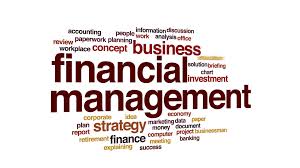In the profit and loss statement, there is a category of costs we haven’t yet discussed. These are the financing costs. They are a separate section of costs as they are not generated by the operations of the business, or the production of your product or service. The financing costs related to how you fund the ‘vehicle’ that is the business and are usually made up of interest paid to the provider of the funds. Interest is normally paid on the following types of funding:
- overdraft on business accounts
- short-term loans from the bank or other lending agencies
- higher purchase agreements for vehicles, equipment and other assets
- loans from members, directors or shareholders and their families
Finance costs do not increase in relation to sales or business growth, but rather are linked to the size of the funding received, the repayment period and the national interest rate. Financing of some kind is often necessary at some point in a business’s life; overdraft being the most common. When the cost of that additional inflow of cash is separated out and highlighted in the financial statements, how much is actually costs can be a surprise.
Deciding to access funding, in whatever form, should be a careful consideration, as the monthly commitment to repayments can be a challenge, and the cost can be crippling. The need for a continual inflow from an outside source means that the business is not generating enough cash to sustain itself and that something in the business operations needs to change. Rather than increasing costs through additional financing, a business owner should always look at ways to increase access to the cash available within the business first.
Should you wish for some outside insight into maximising available cash within your business, please make an appointment with one of our consultants.



Leave A Comment